To Die in Madrid (1963)
“They come from around the world; they are going to die in Madrid.”
|
Synopsis: |
|
Genres, Themes, Actors, and Directors:
Review: … intermingled with beautifully shot additional footage: … presenting the arc of the war from its beginnings — at a time when (our narrator informs us) half the country’s population of 24 million people is illiterate, with “8 million poor, 2 million landless farmers, [and] 20,000 people own[ing] half of Spain” — until its end, when World War II increasingly dominated the global landscape (Spain remained officially neutral). Such socio-cultural context is crucial to our understanding of why and how so many people fought on behalf of the Republican cause: … though they were ultimately defeated, in large part through the support of Franco’s Fascist cronies. Along the way we learn about how “the [Spanish] people discover that they exist: they have the right to speak, the right to discourse,” yet they remain landless and “the workers are still without work.” We hear about Francisco Franco’s election in 1936; the two fronts that emerge (Popular and National); and how the Popular Front gains legitimate power while a narrative against it is quickly spun:
And so on (though we are only 8 minutes into the film at this point)… Among the most devastating footage is the unconscionable bombing of civilians at Guernica, in which “the shelling lasted 3 hours.” Along with The Good Fight (1984) — which chronicles American volunteers’ role in the war — all viewers should watch this film and learn about this still-too-little-understood period of 20th century global history. Notable Performances, Qualities, and Moments: Must See? Categories
Links: |

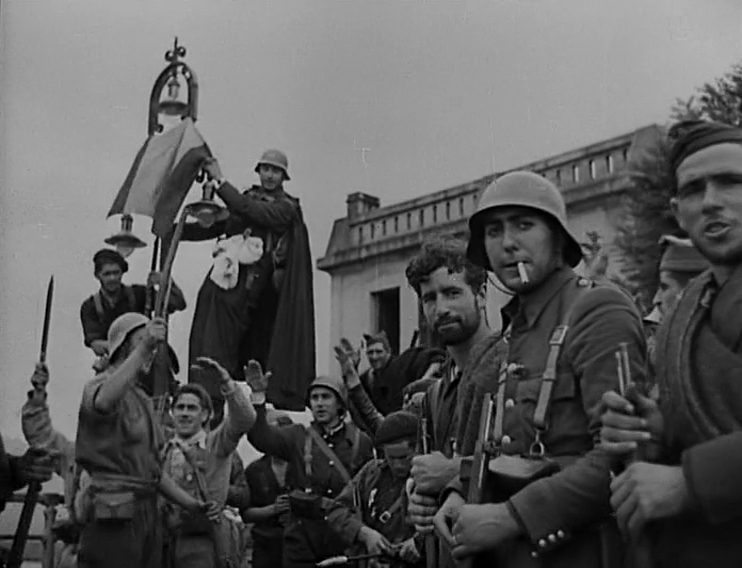
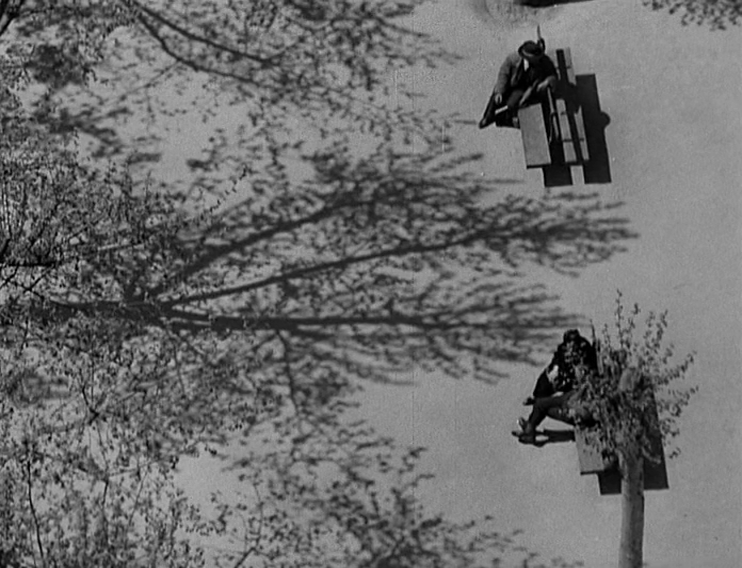
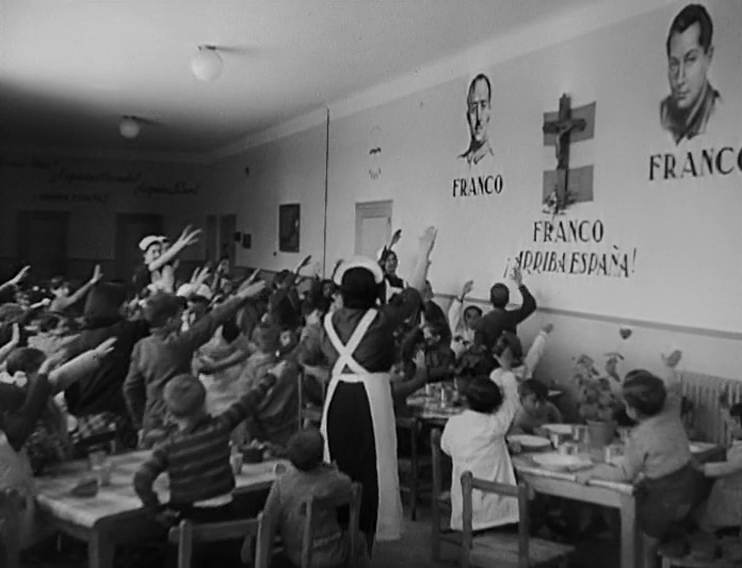

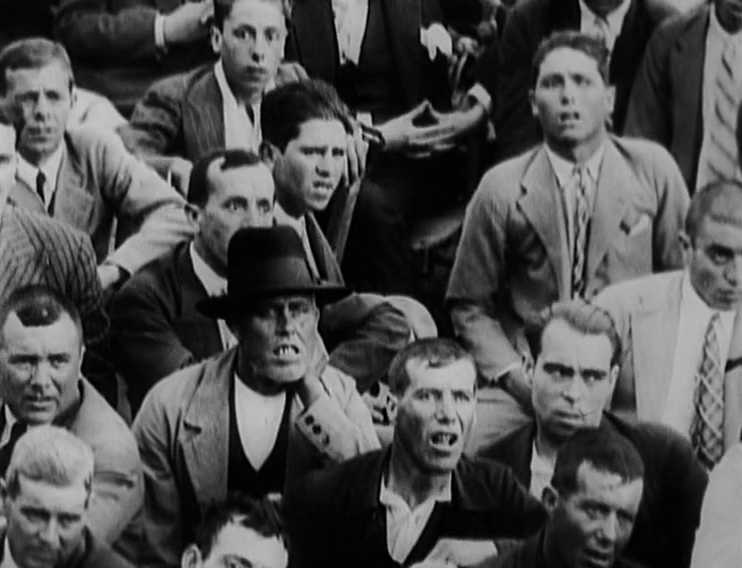
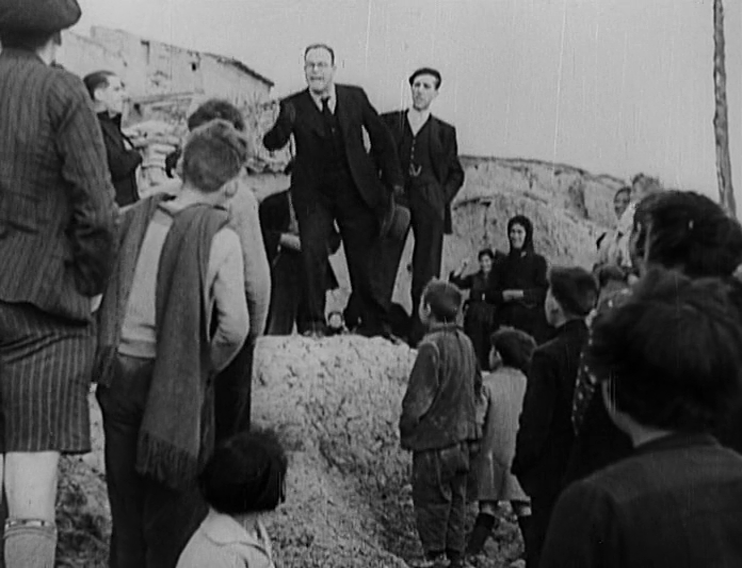

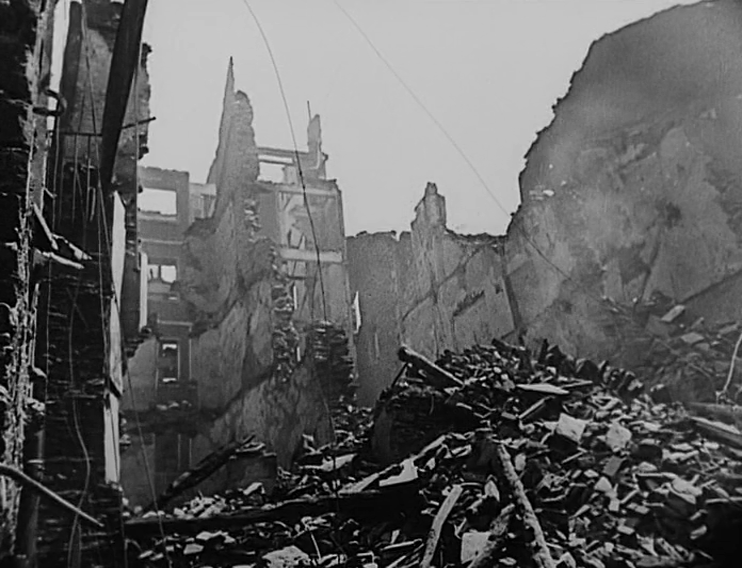
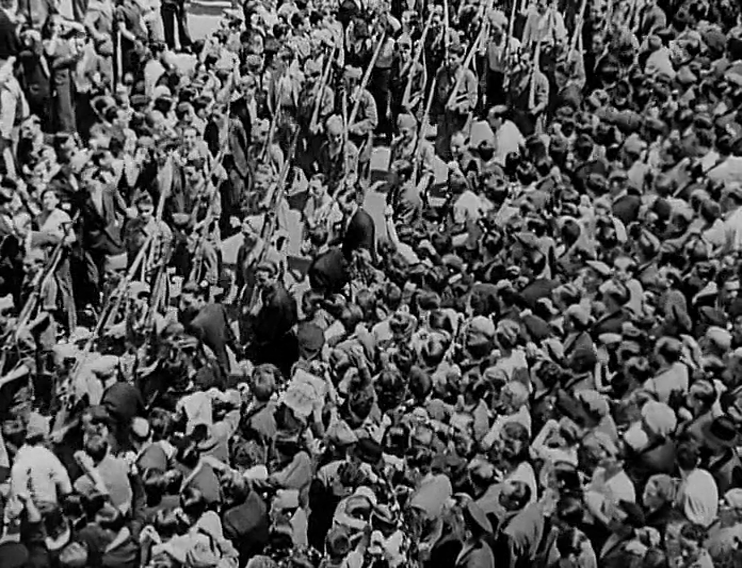
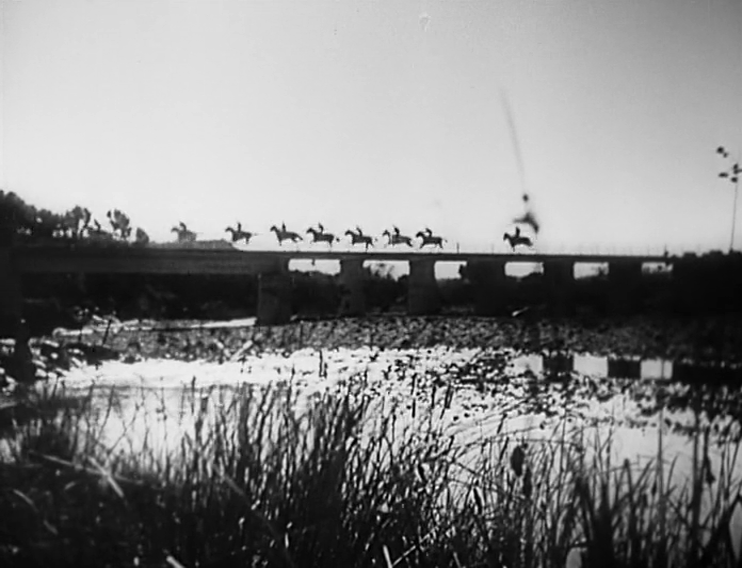
One thought on “To Die in Madrid (1963)”
First viewing (5/22/21). Must-see.
It’s likely that it should have won an Oscar. (I believe it won a BAFTA award for documentary.) Though I haven’t seen ‘The Eleanor Roosevelt Story’, it’s difficult seeing how a perfunctory, 90-minute, largely forgotten doc can now be anything but vastly overshadowed by Ken Burns’ 2014, 14-hour ‘The Roosevelts: An Intimate History’ (which I *have* seen).
Those less familiar with Spanish history may have a bit of difficulty following some of the specifics of this complicated overview – though the narration seems to lay things out as simply and succinctly as possible. The main thing is clear: about a million people died.
This is seamless use of archival footage and it’s heartbreaking. It’s an invaluable document.